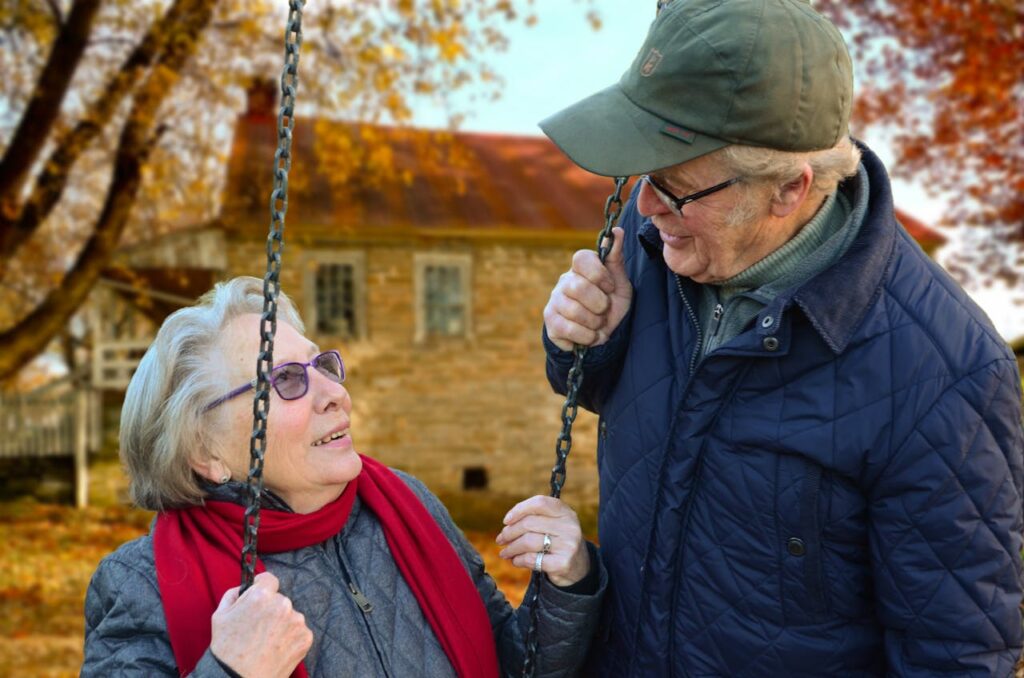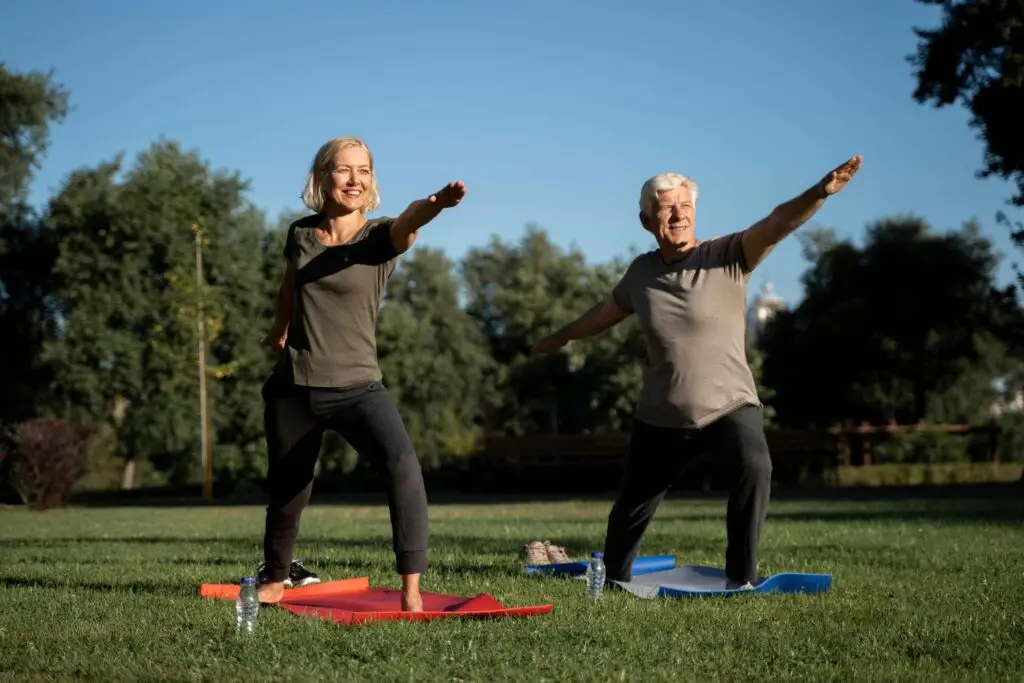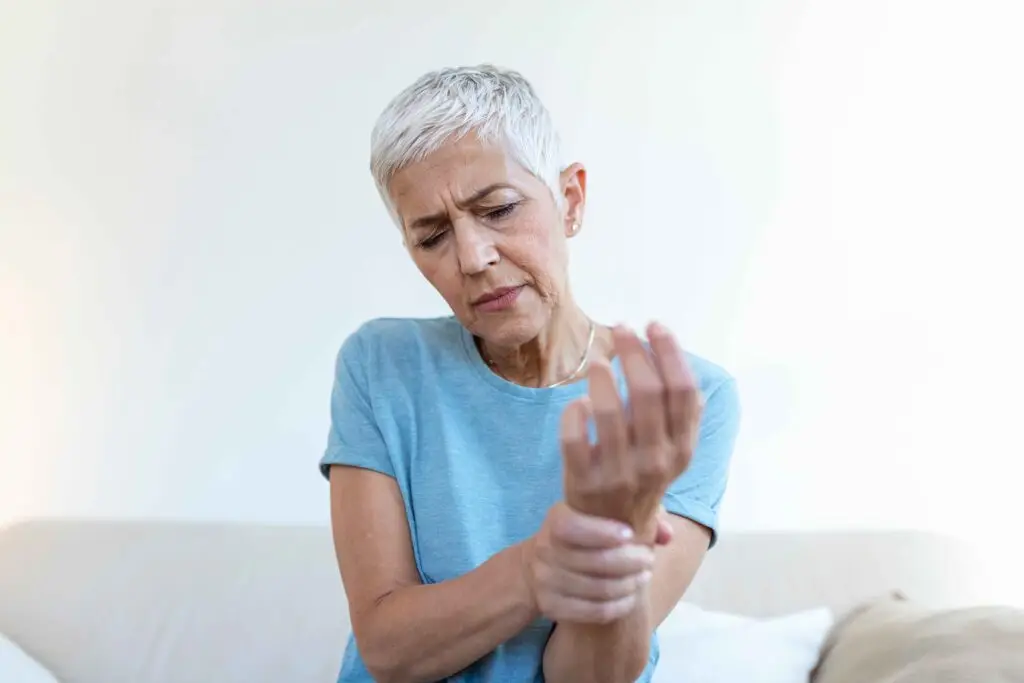Understanding Arthritis Progression After 60: Symptoms, Stages, and Treatment Options
Crossing the age of 60 brings with it wisdom, freedom, and often a few unwanted health challenges. One of the most common is arthritis. It is a condition that can quietly shape daily routines, mobility, and quality of life. While arthritis can affect people of any age, its impact after 60 deserves closer attention.
Why? Because this is the stage when osteoarthritis (OA), the “wear-and-tear” type, becomes more visible, and rheumatoid arthritis (RA) an autoimmune disease can show its true progression. Recognizing the signs early, understanding the stages, and knowing the difference between OA and RA can make all the difference between staying active and feeling limited.
This article takes a deep dive into arthritis progression after 60, exploring symptoms, stages, causes, and the best treatment strategies backed by research. Whether you are living with arthritis, supporting a loved one, or simply preparing for healthier ageing, here’s everything you need to know.
Arthritis After 60: Why It Matters
Both conditions can limit mobility, independence, and confidence. But their progression, treatment, and long-term outlook differ significantly.
Arthritis is not just “aches and pains.” For older adults, it is one of the leading causes of disability. Two forms dominate:
Osteoarthritis (OA): A degenerative joint disease where cartilage breaks down, bones rub together, and stiffness sets in. Think of it as a mechanical problem that worsens with time.
Rheumatoid Arthritis (RA): An autoimmune condition where the immune system attacks the joints, causing inflammation, swelling, and eventual damage if untreated.Both conditions can limit mobility, independence, and confidence. But their progression, treatment, and long-term outlook differ significantly.
How Arthritis Progresses With Age
Arthritis is not a single disease but rather a group of joint disorders that become more noticeable with age. After the age of 60, the two most common forms are osteoarthritis (OA) and rheumatoid arthritis (RA). Although both affect joints, they develop differently, progress at different speeds, and require distinct treatment strategies.
Osteoarthritis (OA): Slow and Mechanical
Osteoarthritis is the most widespread type of arthritis among older adults. The CDC estimates that more than 32 million Americans live with OA, and its prevalence rises steeply after 60. Often called degenerative arthritis or degenerative joint disease, OA develops as cartilage gradually wears away. The condition typically advances in three recognizable phases:
| Stage of OA | Key Symptoms & Signs |
|---|---|
| Early OA | Mild stiffness after rest (like morning stiffness), pain after activity, and minimal X-ray changes. Research shows cartilage changes in the knee may appear before major pain begins. |
| Moderate OA | Frequent joint pain and swelling, reduced flexibility, and the appearance of bony nodes such as Heberden’s nodes (near fingertips) or Bouchard’s nodes (middle finger joints). At this stage, daily life is often disrupted. Symptoms are strongly aggravated by obesity and repetitive joint strain. |
| Advanced OA | Severe pain even at rest, “bone-on-bone” friction visible on X-rays, and joint deformities. Independence is reduced, and many patients require joint replacement surgeries, especially of the knees and hips. |
The main causes of osteoarthritis include age, obesity, previous joint injuries, and genetics. However, studies also show that muscle weakness and metabolic factors accelerate its progression. This highlights how aging and conditions such as metabolic syndrome play a critical role in worsening OA.

Rheumatoid Arthritis (RA): Immune-Driven
Unlike OA, rheumatoid arthritis is an autoimmune disease. Instead of wear-and-tear, the immune system mistakenly attacks the synovial lining of joints, leading to chronic inflammation and joint destruction.
RA is less common than OA but still affects 1.3 million Americans, according to the Arthritis Foundation. Importantly, RA after 60 is sometimes called elderly-onset RA (EORA), and it may look different from younger-onset RA.
The following are the 4 Stages of Rheumatoid Arthritis:
Stage 1 – Early Inflammation: Rheumatoid arthritis symptoms include morning stiffness lasting more than 30 minutes. Additionally, it also includes swelling in small joints (hands, wrists, feet).
Stage 2 – Cartilage Damage: Cartilage loss becomes visible on imaging. Pain and swelling spread to multiple joints.
Stage 3 – Erosive Damage: In this bone erosions appear. It also includes rheumatoid arthritis in the hands and wrists can cause visible deformities. Patients have difficulty with daily tasks like buttoning shirts or writing.Stage 4 – End-Stage RA: At this stage ankylosis (joint fusion) may occur. It also causes severe disability and limited mobility.
A long-term study in Annals of the Rheumatic Diseases confirmed that without early rheumatoid arthritis treatment, many patients reach Stage 3 or 4 within 10–15 years. However, early DMARDs (disease-modifying antirheumatic drugs) drastically reduce progression.

How Arthritis is Diagnosed
Doctors typically use a combination of medical history, blood tests, and imaging to confirm arthritis. The approach differs between rheumatoid arthritis (RA) and osteoarthritis (OA):
| Type of Arthritis | Key Diagnostic Methods | Notes |
|---|---|---|
| Rheumatoid Arthritis (RA) | • Blood tests: Rheumatoid factor (RF), anti-CCP antibodies, ESR, CRP • Imaging: Ultrasound or MRI for early joint changes, especially in the hands • Diagnostic Criteria: 2010 ACR/EULAR classification | RA can sometimes mimic OA in older adults, so early testing is recommended if symptoms persist. |
| Osteoarthritis (OA) | • X-rays showing narrowed joint spaces and bone spurs • Reports often use the abbreviation “OA” | Imaging is usually sufficient since OA is mechanical and degenerative in nature. |
Treatment Options After 60
Managing osteoarthritis symptoms after 60 focuses on reducing pain, improving function, and slowing progression. Since OA is a degenerative arthritis, treatment targets lifestyle and symptom relief rather than reversing the condition.
First-Line Strategies (Non-Drug)
Exercise Therapy (Strength + Aerobic Training)
Research consistently shows that muscle-strengthening exercises for the legs, hips, and core reduce pain and improve joint stability. Aerobic activity (like walking, cycling, or swimming) lowers inflammation and boosts circulation.
A review reported that structured exercise programs can significantly reduce 25-30% knee osteoarthritis pain, with improvements in both pain symptoms and physical function comparable to medication-based approaches.
Weight Management
Even modest weight loss (5–10% of body weight) reduces stress on the knees. Studies show that losing 1 pound reduces 4 pounds of pressure across the knee joint.
Weight loss combined with exercise improves both pain and physical function in older adults.
Topical NSAIDs (Diclofenac Gel, Ibuprofen Creams)
The American College of Rheumatology (ACR 2019 Guideline) strongly recommends topical NSAIDs for knee and hand OA in older adults.
These provide localized pain relief with fewer systemic side effects compared to oral NSAIDs (which can affect the stomach, heart, and kidneys).
Next-Step Options (When Symptoms Persist)
Oral NSAIDs or Acetaminophen
Oral NSAIDs (naproxen, ibuprofen) can relieve moderate pain but should be used cautiously in older adults due to risks like ulcers, kidney damage, and heart problems. Acetaminophen may help with mild pain, but studies show it is less effective for OA compared to NSAIDs.
Intra-Articular Corticosteroid Injections
Provide short-term pain relief (4–8 weeks), especially in knee OA. It is useful for flare-ups but should not be repeated excessively, as frequent injections may damage cartilage.
Joint Replacement Surgery
In severe OA, especially of the knee or hip, joint replacement restores function and reduces pain dramatically. According to a survey, total knee replacement provides sustained pain relief for over 80% of patients, but recovery requires physical therapy.What about hyaluronic acid injections?
Evidence is mixed. The ACR guideline recommends against their use in hip OA and only conditionally in knee OA because the benefits are inconsistent.
Rheumatoid Arthritis (RA) Treatments
Rheumatoid arthritis treatments focus on stopping inflammation, preventing joint damage, and keeping patients in remission or low disease activity. Unlike OA, RA is an autoimmune arthritis, and early treatment changes the course of the disease.
Disease-Modifying Antirheumatic Drugs (DMARDs)
Methotrexate is the gold standard and the first-line DMARD. It reduces inflammation, slows joint damage, and is often combined with folic acid to minimize side effects. Other conventional DMARDs include leflunomide, sulfasalazine, and hydroxychloroquine.Best outcomes come from early, aggressive treatment—a strategy proven to prevent progression to Stage 3 erosive RA.
Biologic Therapies and JAK Inhibitors
If RA symptoms remain active after standard DMARDs, doctors may prescribe biologics (like TNF inhibitors, IL-6 inhibitors) or JAK inhibitors. These advanced medications target specific parts of the immune system.
The biologics significantly reduce RA symptoms and progression compared to methotrexate alone. Downsides: Higher cost and increased risk of infection, which must be carefully managed in older adults.

Corticosteroids
If RA symptoms remain active after standard DMARDs, doctors may prescribe biologics (like TNF inhibitors, IL-6 inhibitors) or JAK inhibitors. These advanced medications target specific parts of the immune system.
The biologics significantly reduce RA symptoms and progression compared to methotrexate alone. Downsides: Higher cost and increased risk of infection, which must be carefully managed in older adults.
Supportive Care & Lifestyle
- Physical Therapy (PT): Helps maintain mobility and joint strength.
- Occupational Therapy (OT): Provides strategies for joint protection and adaptive tools.
- Splints and braces: Reduce strain on painful joints, especially rheumatoid arthritis hands or wrists.
Vaccinations: Since RA medications suppress immunity, staying up-to-date with flu, pneumonia, shingles, and COVID-19 vaccines is important.
Key Differences in Treatment Goals
| Condition | Treatment Goal | Primary Tools | Special Considerations After 60 |
| Osteoarthritis | Reduce pain, maintain mobility | Exercise, weight loss, NSAIDs, injections, surgery | Focus on safety (NSAID risks, surgery recovery) |
| Rheumatoid Arthritis | Stop inflammation, prevent joint damage, and achieve remission | DMARDs, biologics, JAK inhibitors, short-term steroids | Monitor for infection, adjust dosing for age-related changes in immunity & metabolism |
Living Well With Arthritis After 60
- Stay active with low-impact exercises like swimming or cycling.
- Use assistive devices (cane, jar openers, wrist splints).
- Focus on sleep and stress management—both worsen pain perception.
- Keep up with vaccinations if using immunosuppressant medications.
- Maintain realistic expectations: arthritis cannot be cured, but progression can be slowed and symptoms controlled.
Conclusion
Arthritis after 60 doesn’t mean life is on pause it means being smarter about how you move, treat, and care for your joints. Osteoarthritis progresses slowly, often manageable with exercise, topical medications, and lifestyle adjustments. Rheumatoid arthritis, though more aggressive, can now be controlled effectively with modern treatments if caught early.
The key takeaway? Don’t ignore persistent stiffness, swelling, or pain. The sooner arthritis is identified, the sooner you and your doctor can create a treatment plan that protects your independence and quality of life.
Growing older is inevitable, but being limited by arthritis isn’t. With knowledge





